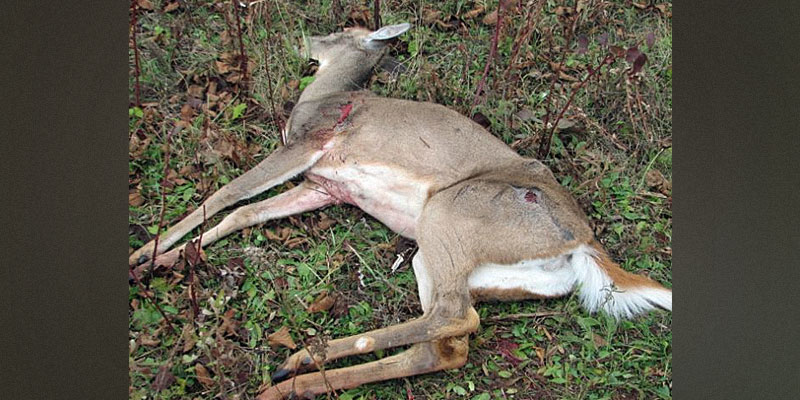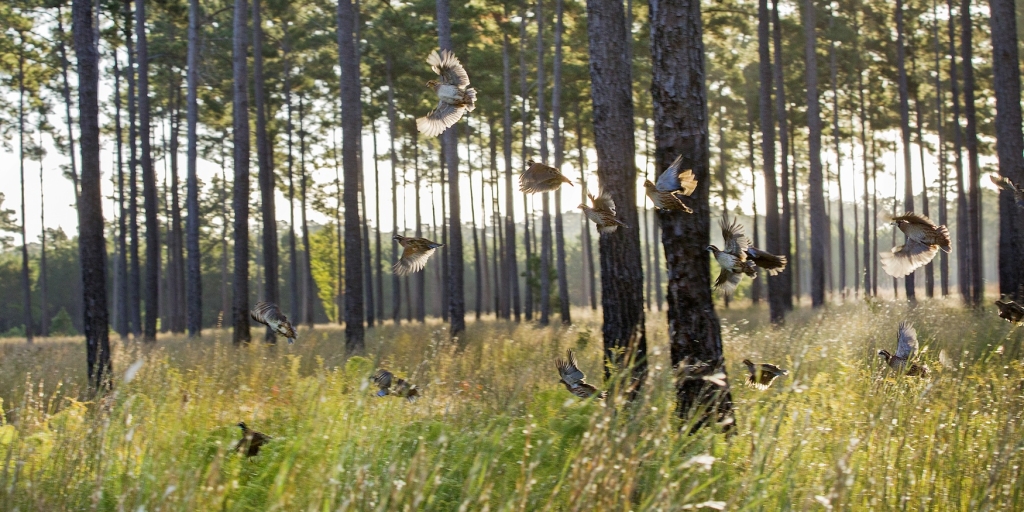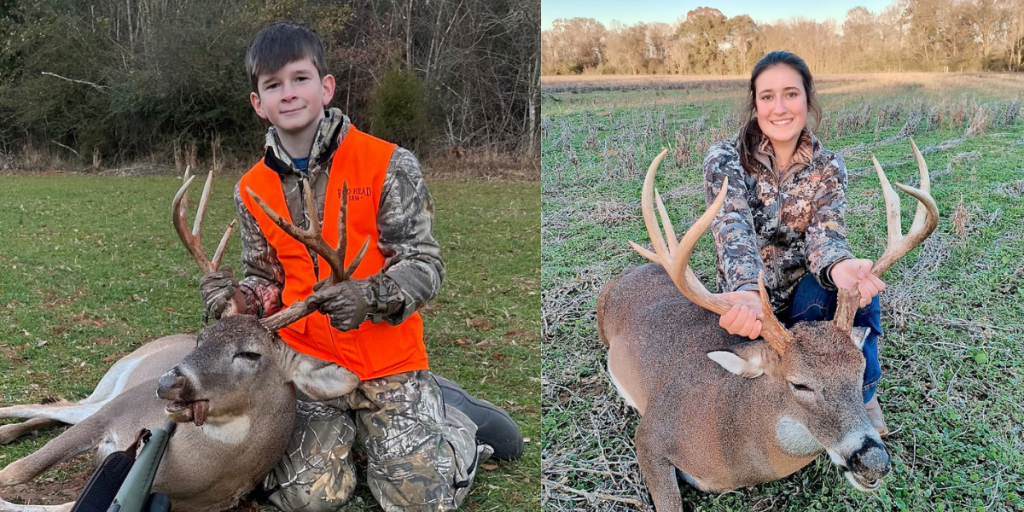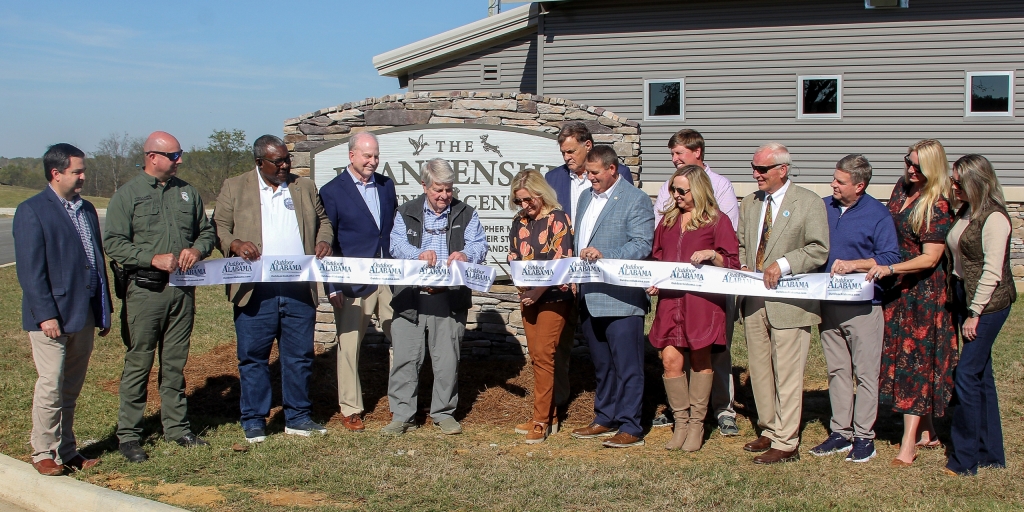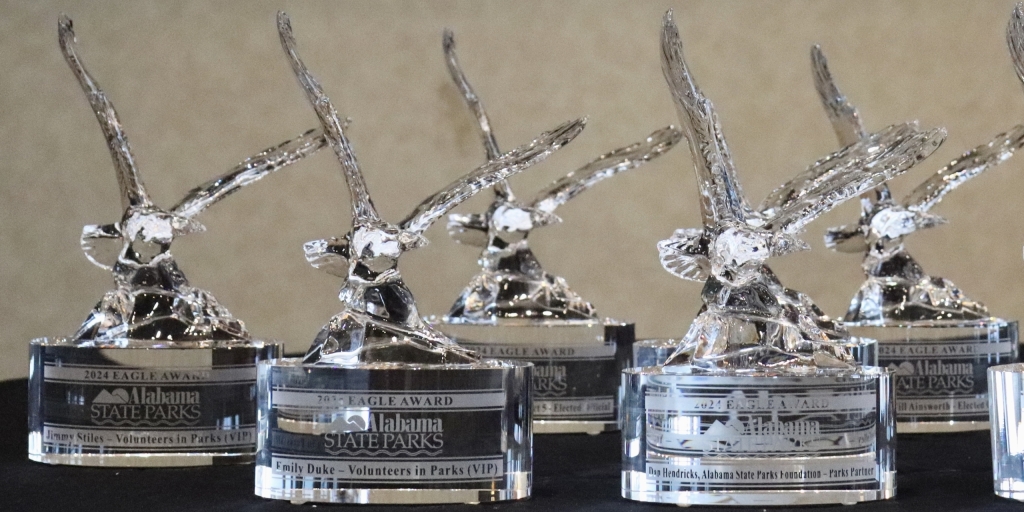The Alabama Conservation Advisory Board received a crash course in chronic wasting disease (CWD) at the Board’s first meeting of 2019 last weekend in Montgomery.
Alabama Wildlife and Freshwater Fisheries (WFF) Assistant Director Fred Harders explained the severity of the disease and why WFF has done everything possible to keep it out of Alabama.
“The first point I want to make is that Alabama does not have CWD, contrary to what you might have read, heard from a buddy or whatever,” Harders said. “We do not have chronic wasting disease.”
Wildlife and Freshwater Fisheries, in conjunction with the Department of Agriculture and Industries, started sampling deer in 2002. To date, more than 8,000 deer from around the state have been sampled and no CWD has been detected.
“Since Mississippi and Tennessee have found CWD, the Division is intensifying its sampling effort,” Harders said. “About 1,500 deer a year will be sampled with an emphasis around those areas near Mississippi and Tennessee.”
Harders said rumors about new theories that blame CWD on a bacterium are circulating on social media. These rumors also include that a CWD-detection kit will be available to the public and that a couple of years from now a vaccine will be available for all captive and wild deer and other members of the deer family, cervids.
Harders noted that while these theories may sound good, “The vast majority of scientists and researchers who have been working on this disease and continue to work on this disease don’t accept those theories.”
CWD is a fatal neurological disease, called transmissible spongiform encephalopathy (TSE), that affects the deer family and causes lesions on the brain. As the disease progresses, the affected animal will develop holes in the brain and eventually die. Infected animals may not show symptoms for two years.
The first case of CWD was discovered in Colorado in 1967. Over the next 30 years, the disease spread very slowly, only taking in a 15- to 20-county region on the CO, NE and WY borders.
Then, in the late 90s, CWD was detected in Saskatchewan. That incident was traced to live elk from South Dakota that were transported to Canada.
Human movement of live cervids or infected carcasses has contributed to the exponential spread of the disease over the past decade.
CWD continues to spread and now has been found in 26 states and three Canadian provinces. Harders said South Korea and Norway also have detected CWD. South Korea’s CWD-positive animals can be traced back to the live transport of deer from infected areas.
Harders said the disease is spread by bodily fluids – saliva, urine and feces. The infectious agent, called a prion, can survive outside the animal’s body. It can be in the soil and can be taken up by nearby plants through their root systems.
Harders explained that a prion, which cannot be destroyed by cooking, is a misfolded protein.
“Proteins are the molecular machines of our bodies,” he said. “They do just about everything.”
Although no case has been confirmed where CWD has been transmitted to humans from the consumption of venison from an infected animal, Harders pointed out, “The Centers for Disease Control (CDC) doesn’t recommend eating venison from infected deer. And to be careful when you’re gutting that deer or handling any parts.”
Alabama has long had regulations that banned the importation of live deer. The regulations were amended to prohibit the importation of deer carcasses. Visit www.outdooralabama.com/cwd for regulations about importing deer parts from out-of-state.
“That is why we’ve had officers monitoring the highways and giving tickets to people who were bringing field-dressed deer in from out-of-state,” Harders said. “The officers asked why the hunters brought those deer in, and they responded they didn’t think it was a big deal. Now you know why it’s such a big deal.
“That’s why we have the campaign ‘Don’t Bring it Home.’ We don’t have it. We don’t want it.”
Harders also cautioned hunters who travel out-of-state and harvest a member of the deer family only to find out later that the animal had CWD. That venison should not be thrown out by the individual, but rather a WFF official or enforcement officer who will ensure its proper disposal should be contacted,
Despite the CWD threat, Conservation Commissioner Chris Blankenship said we’re blessed to live in a great state that offers hunting for deer and turkey and great fishing in both freshwater and saltwater.
“We really have a sportsman’s paradise here,” Blankenship said. “We’ve done a lot of work the past year on CWD, trying to keep it out of our state and being able to mitigate it or contain it in the unfortunate circumstance that it does show up here.
“We’re not trying to scare anybody or to unduly concern people about consuming deer or hunting deer. We just felt it was important for us to provide that information as to why it is so important to keep CWD out of our state.”
Blankenship noted that problems surfaced with the Outdoor Alabama app during deer season. Blankenship said the Department has worked with the app developer to correct the glitches.
“They assure us this is fixed now,” he said. “For turkey season and for Snapper Check, it should work for reporting your harvest. We appreciate you reporting the deer, turkeys and snapper. It really gives us valuable information to use when we make management decisions, and it is required by rule.”
Blankenship also encouraged anyone interested in the outdoors to visit outdooralabama.com and sign up for the Department’s emails. Subscribers have the option to receive all communication from DCNR or they can check certain categories, like hunting, freshwater fishing, saltwater fishing or wildlife.
Concerning saltwater fishing, the Board approved several changes to the regulations proposed by Marine Resources.
One change was new hook requirements for certain saltwater species to be consistent with federal regulations. Anglers fishing for, retaining, possessing or landing Gulf reef fish species must use non-stainless circle hooks when using natural bait. Anglers fishing for, retaining, possessing or landing sharks must use non-offset, non-stainless circle hooks when using natural bait.
The minimum size for cobia (ling) was raised from 33 to 36 inches fork length, measured from the fork (middle) of the tail to the tip of the snout, to match the size limit set by NOAA Fisheries in federal waters.
A minimum size limit for shortfin mako sharks was established. Males must be 71 inches fork length and females, 83 inches fork length. Visit https://www.fisheries.noaa.gov/atlantic-highly-migratory-species/atlantic-highly-migratory-species-fishery-compliance-guides for information on shark identification and compliance.
A table listing regulated reef fish species was added to allow anglers to identify which species are included in management plans.
Shrimping regulations were updated to prevent the use of any form of trawling, not just for shrimp, in nursery or permanently closed areas.
Once the regulations become effective, the outdooralabama.com saltwater regulations page will be updated and the full text will be available at www.alabamaadministrativecode.state.al.us/docs/con_/220-3.pdf.
The next Conservation Advisory Board meeting is scheduled for The Lodge at Gulf State Park, a Hilton Hotel, in Gulf Shores on May 4.
David Rainer is an award-winning writer who has covered Alabama’s great outdoors for 25 years. The former outdoors editor at the Mobile Press-Register, he writes for Outdoor Alabama, the website of the Alabama Department of Conservation and Natural Resources.




